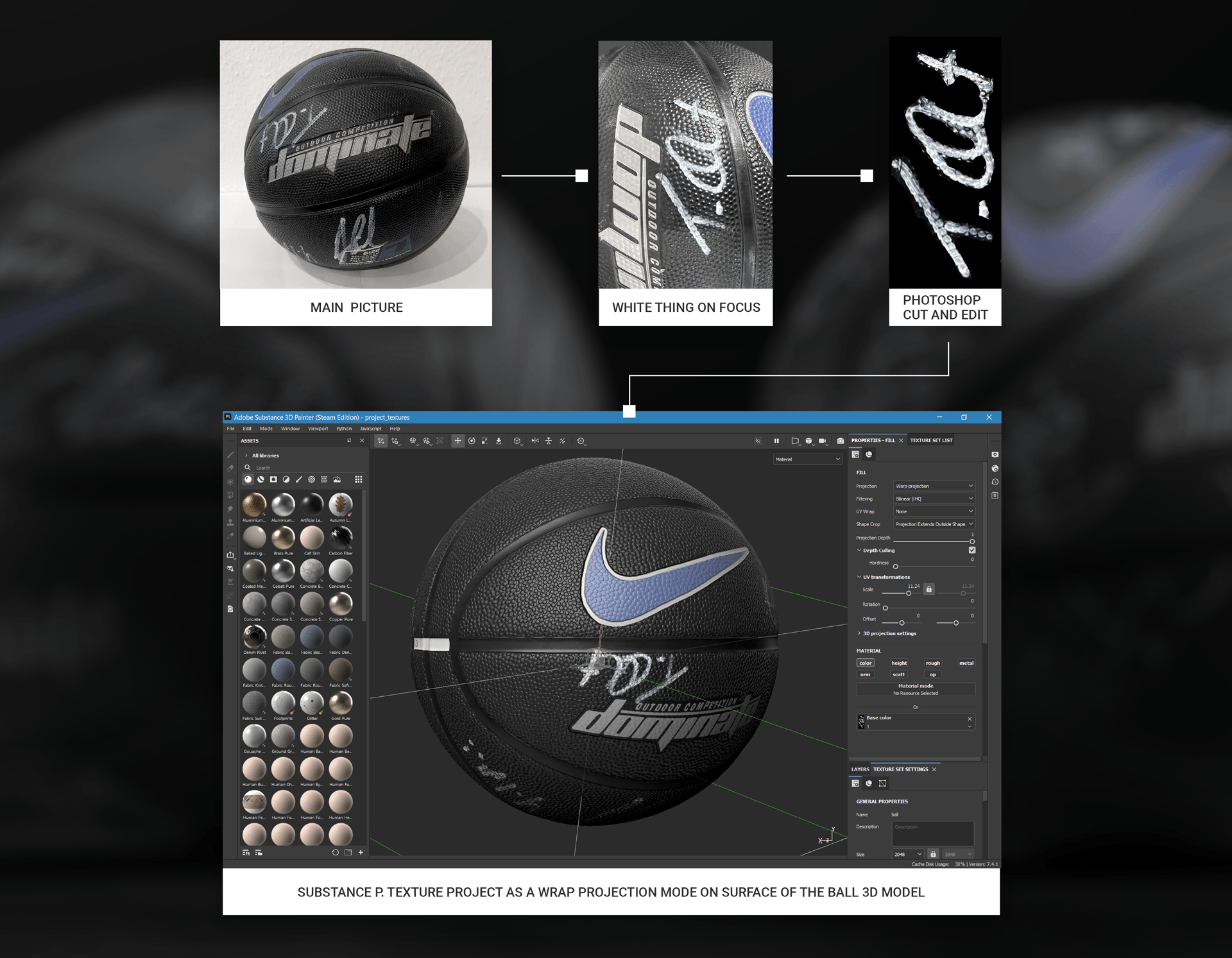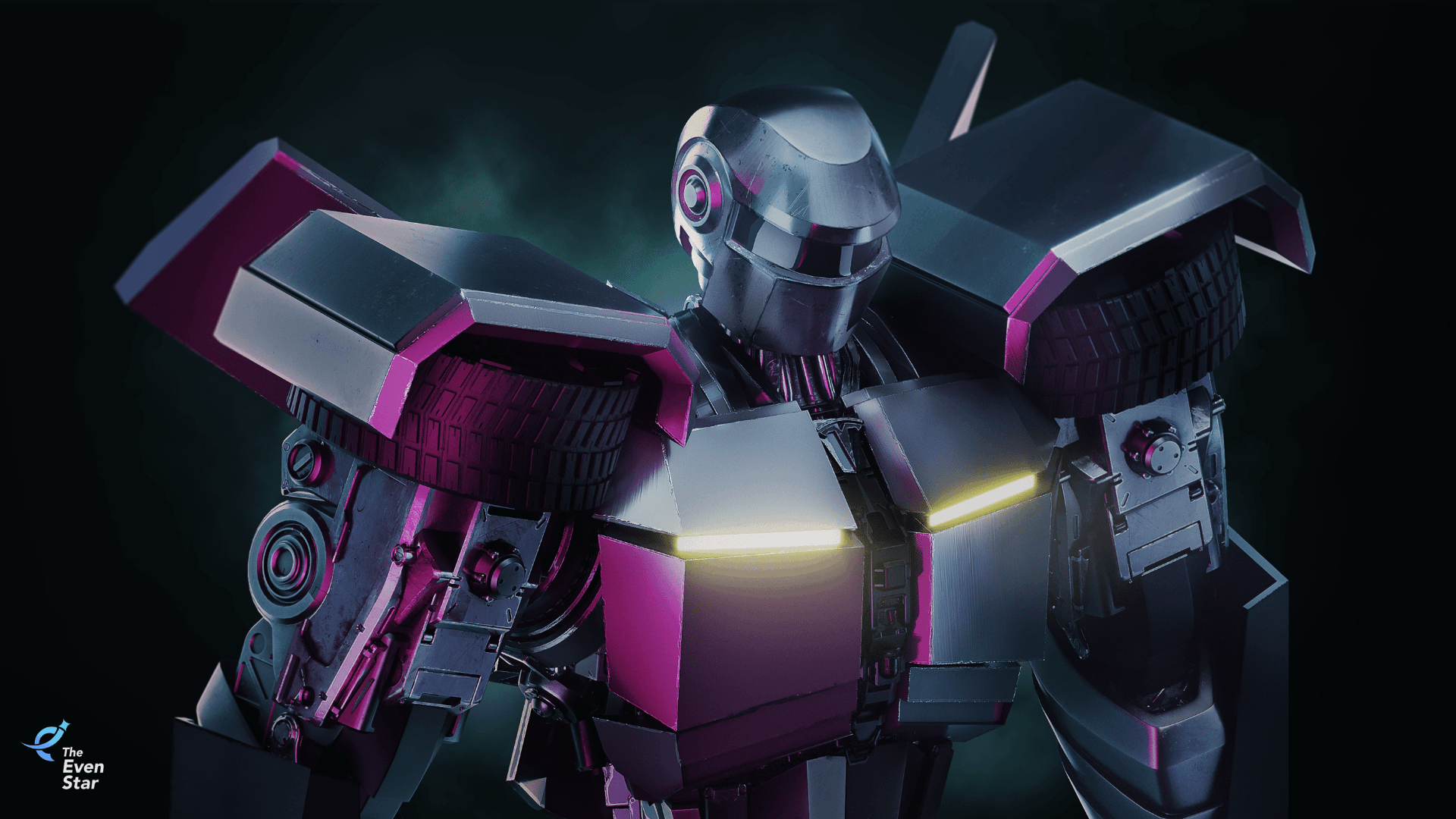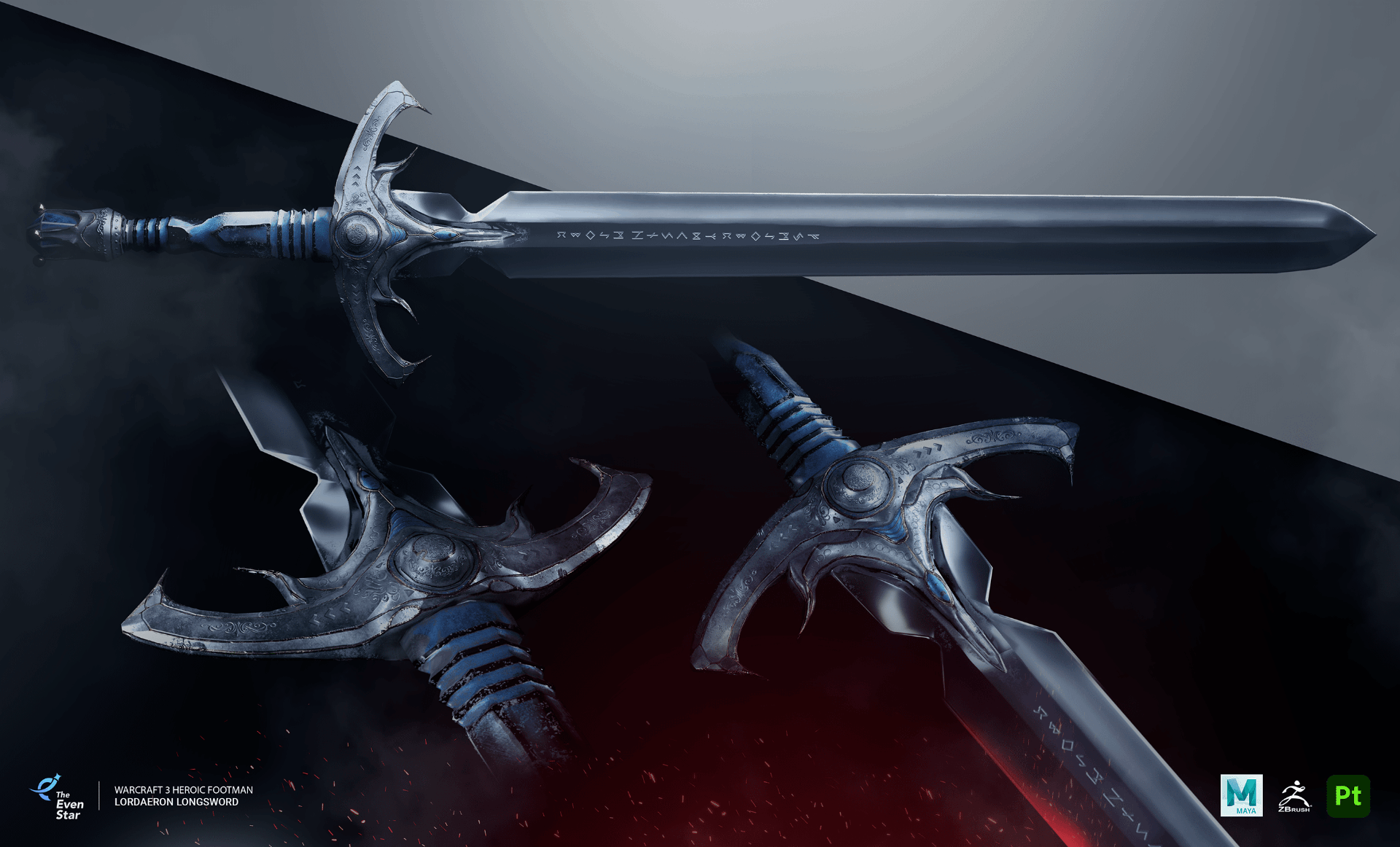As the world quickly shifts its attention to the potential of NFTs in driving sales, more entrepreneurs and businesses are jumping on the opportunity to do just that. Firms and entrepreneurs who sell collection items use NFT 3D models to make sales online. The advantage of selling NFTs is that just about anything in the real world could be transformed into an NFT and sell quickly at just, not a reasonable price but at a profitable price. From fictional characters to collectibles, many things are now in NFTs and selling well in the market. So the limit as to what to make into an NFT is boundless.
Something as simple as portraits of people, personal belongings, abstract art, or an autographed object can be 3D models. A unique autograph by a famous person is easy to convert to NFT. Like this project of the Basketball.
We created a photo-realistic 3D model of a Basketball from photos while optimizing it according to WebGL standards. The main challenge was to transfer the exact inscriptions from the ball's surface to a 3D model. You can read a detailed description on Behance

Luckily for many who don't know where to start creating NFTs, Evenstar can do it for them. We can create NFTs from scratch of anything our clients deem of value. Even images or videos of any real existing objects from our clients would be enough for our team to make a complete 3D model. In short, our team can recreate a 3D model from photos or videos taken from different angles of any model or object. However, there are three main headaches our clients tend to encounter when it comes to the 3D modeling process. While we can help them solve these issues, they usually face the problems of realizing in the 3D model what they had initially imagined, bringing their idea to life, and the final 3D model not meeting their expectations.
To ensure we can realize the vision they have in mind of how the model should look, we ask several questions regarding their concept of the 3D model. We then propose and present different visual versions of models based on what we can gather from their responses regarding their vision.
As to helping them bring their idea to life, we make brilliant examples for them to see and choose. In each case, we discover all the materials related to the scope and vision of the proposed 3D model idea and find which ones would best suit the client's picture to realize best what they see in their heads. We did this effectively when we created a 3D model of a Tesla truck transformer for a client.

In creating a final 3D model that meets our client's expectations, we work closely with them at every step of the process to realize their vision. We provide recommendations for improving and executing what our clients want and feel. Our goal is to make the image our clients imagine as accurate as possible. And for that, we work closely, attentively, patiently, and effectively to make it happen. The value we put in our work with our clients reflects the value we see in their ideas. Our clients enjoy our expertise in design and bringing ideas to life.
We created a 3D model of the Sword for Skyrim's modification option. In this case, the main challenge was considering the game's issues and limits and suggesting a solution to maintain a high degree of detailed graphics and an optimized Skyrim engine.
As for the software, we use Autodesk Maya, Z-Brush, and Substance painter. The steps we take in the development process include a standard flow of developing 3D models. In total, there are five steps:
-
We set up the precise task.
-
We build up the basic geometry.
-
We adjust the polygons and make the topology.
-
We create and apply all the textures.
-
We take the variants of the first version of the design and then ask about edits. We then choose and apply different textures until we reach the desired result.

In general, the flow of creating 3D models is almost the same in most cases. However, depending on the nature of the project, we may skip or add steps depending on project requirements. An example is the armor model of a Warcraft 3 Heroic Footman - the character of the Skyrim modification, where we had additional optimization steps. The main challenge was to find a balance between a highly detailed model and the limits of the Skyrim engine for using the model in the game's modification option.
By now, it has become apparent that 3D modeling is a unique tool for presenting showcases and products across the world. Anyone can enjoy the new revolutionary benefits of 3D models to capture and show the essence of different items on websites or in NFT marketplaces. 3D model art is trending and rising in popularity, mainly due to the breakout of NFTs selling at incredible prices that continues to lure more exciting ventures and investment. This type of art is only growing as time goes by. So the time to get in on it would be now.